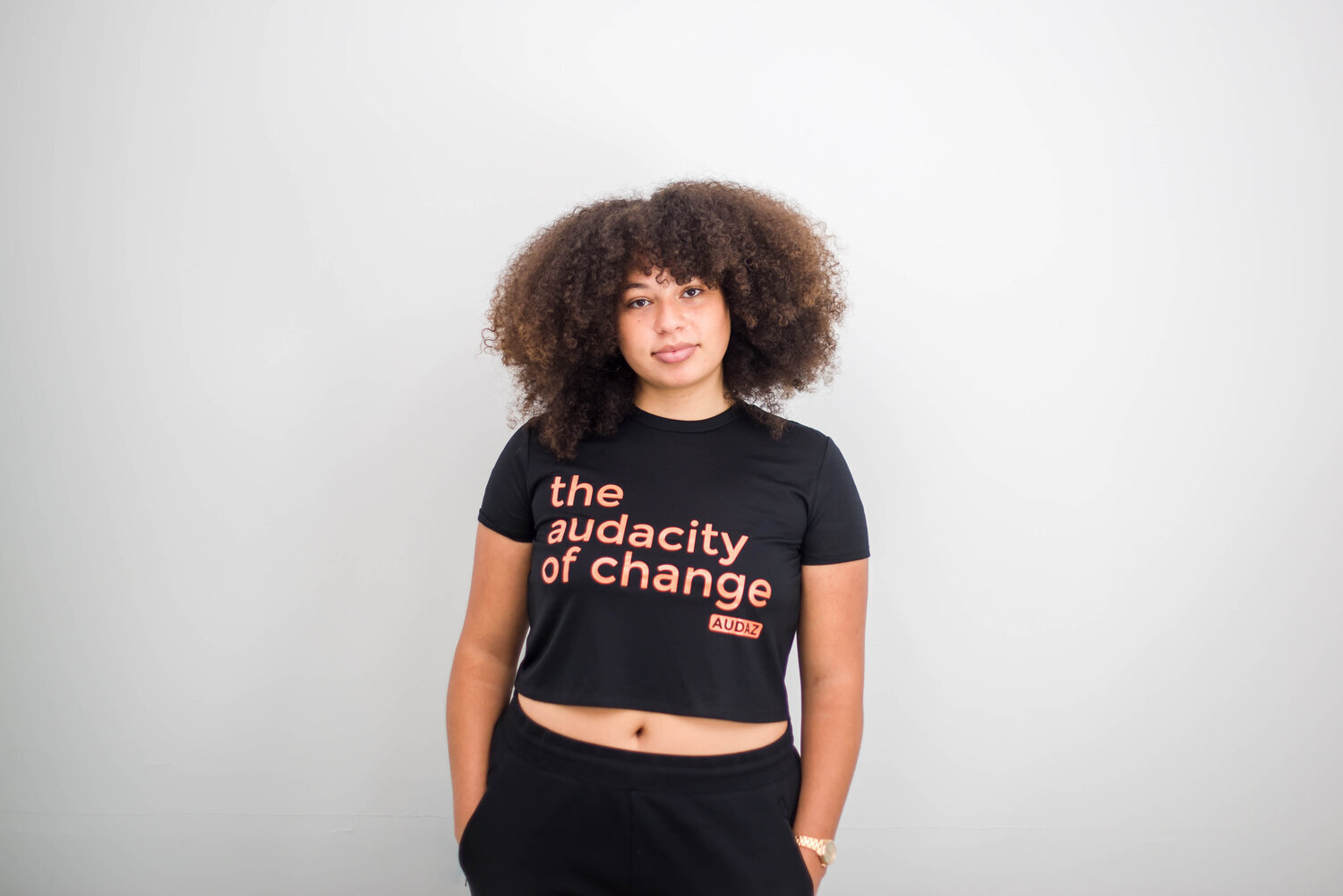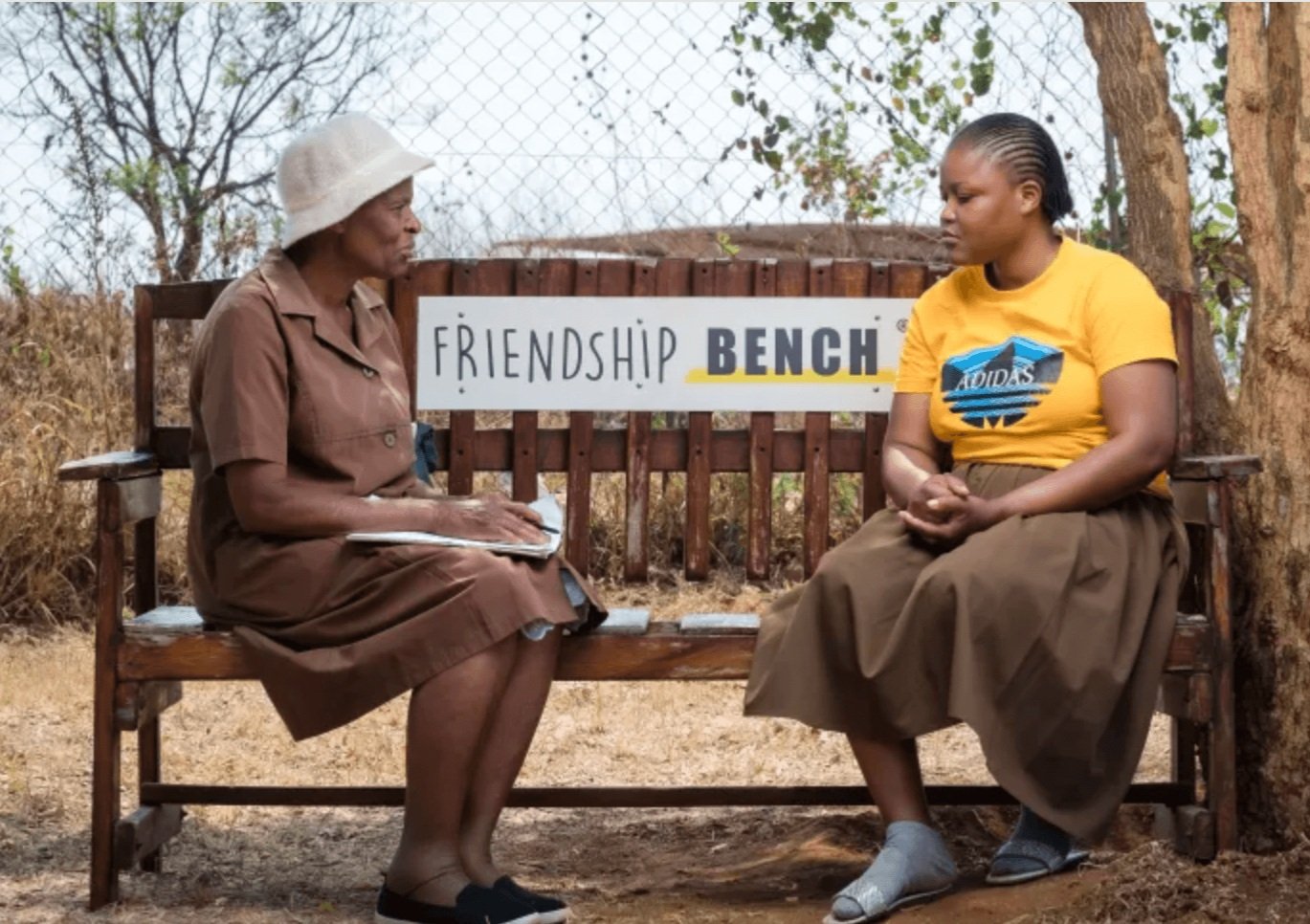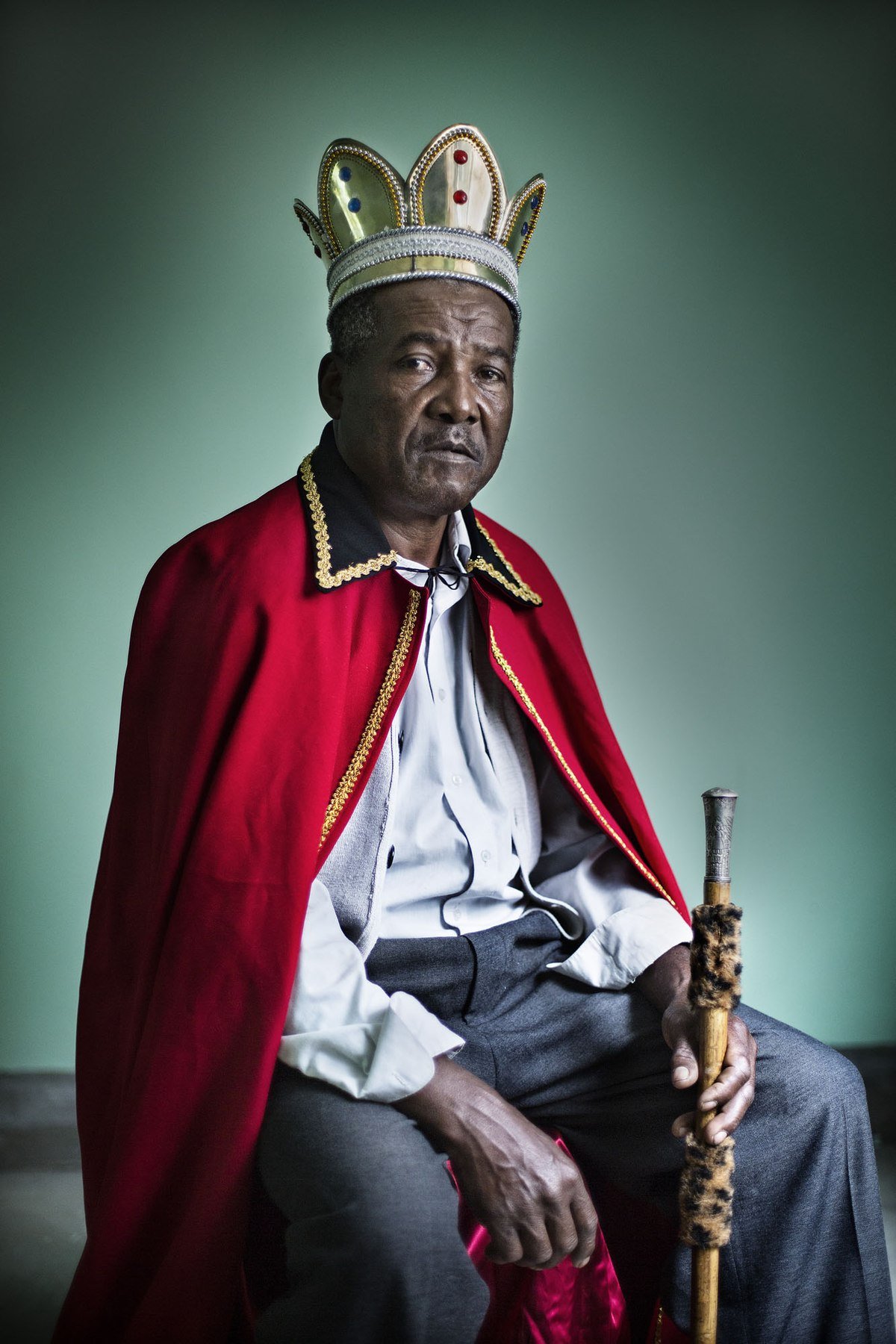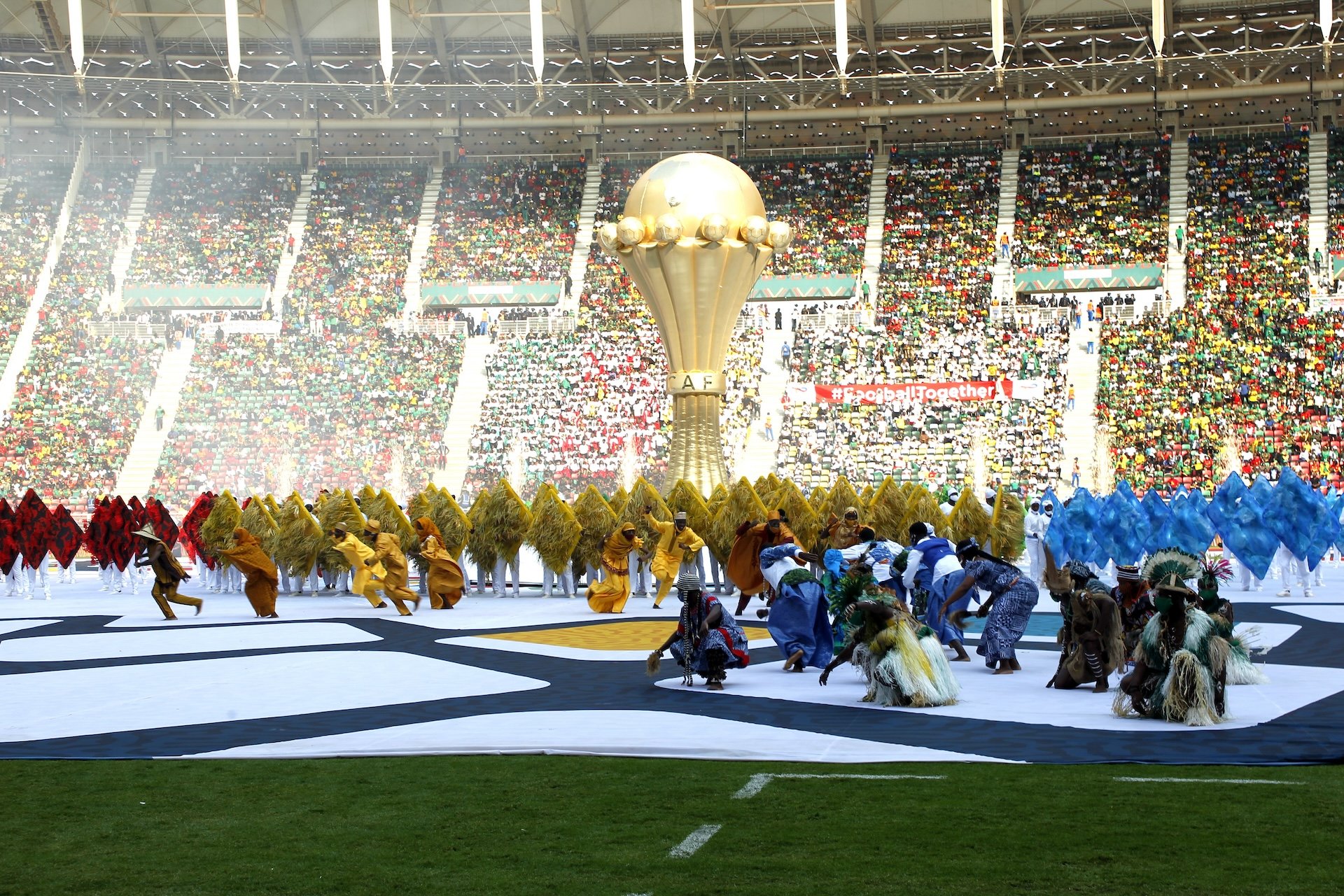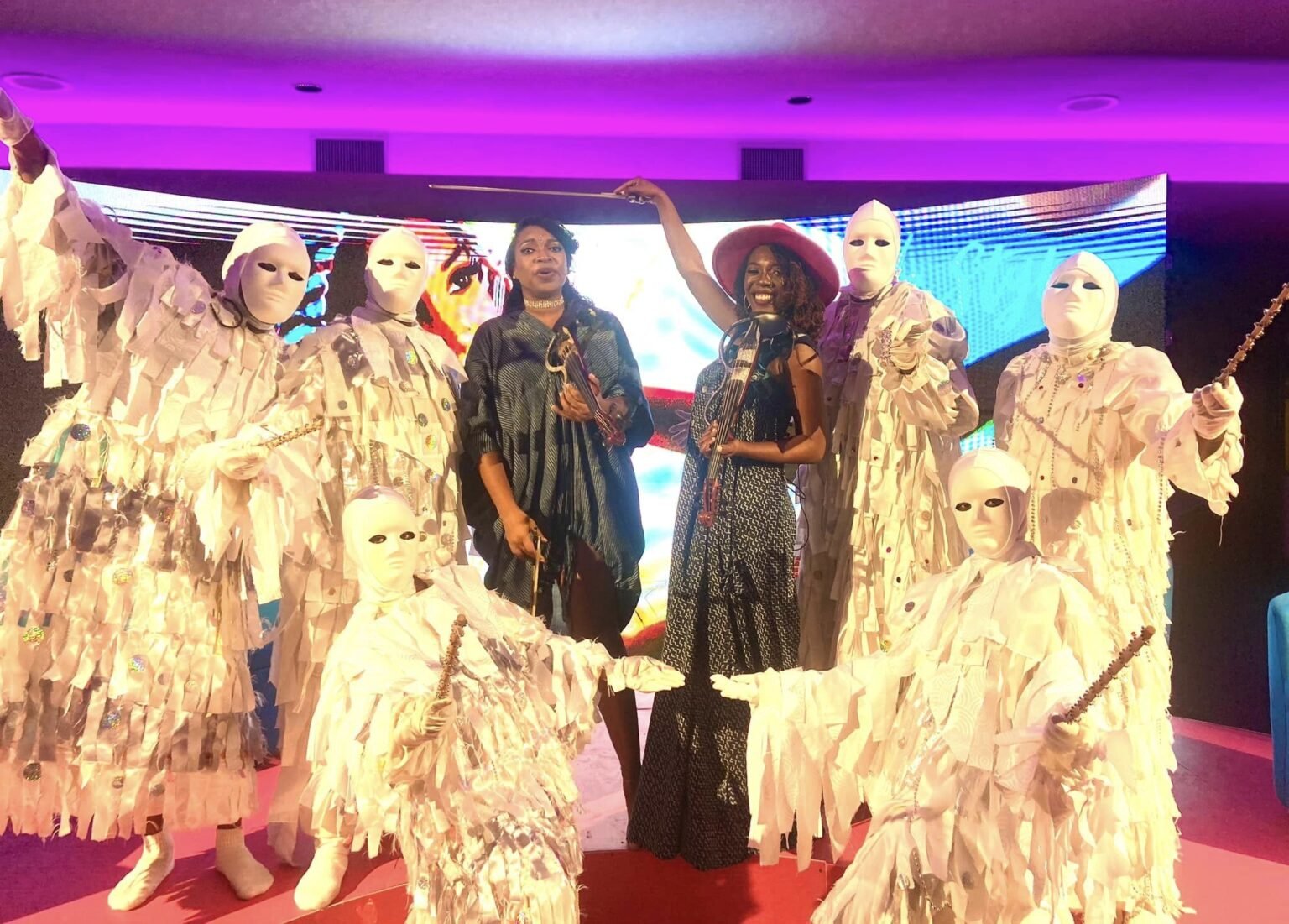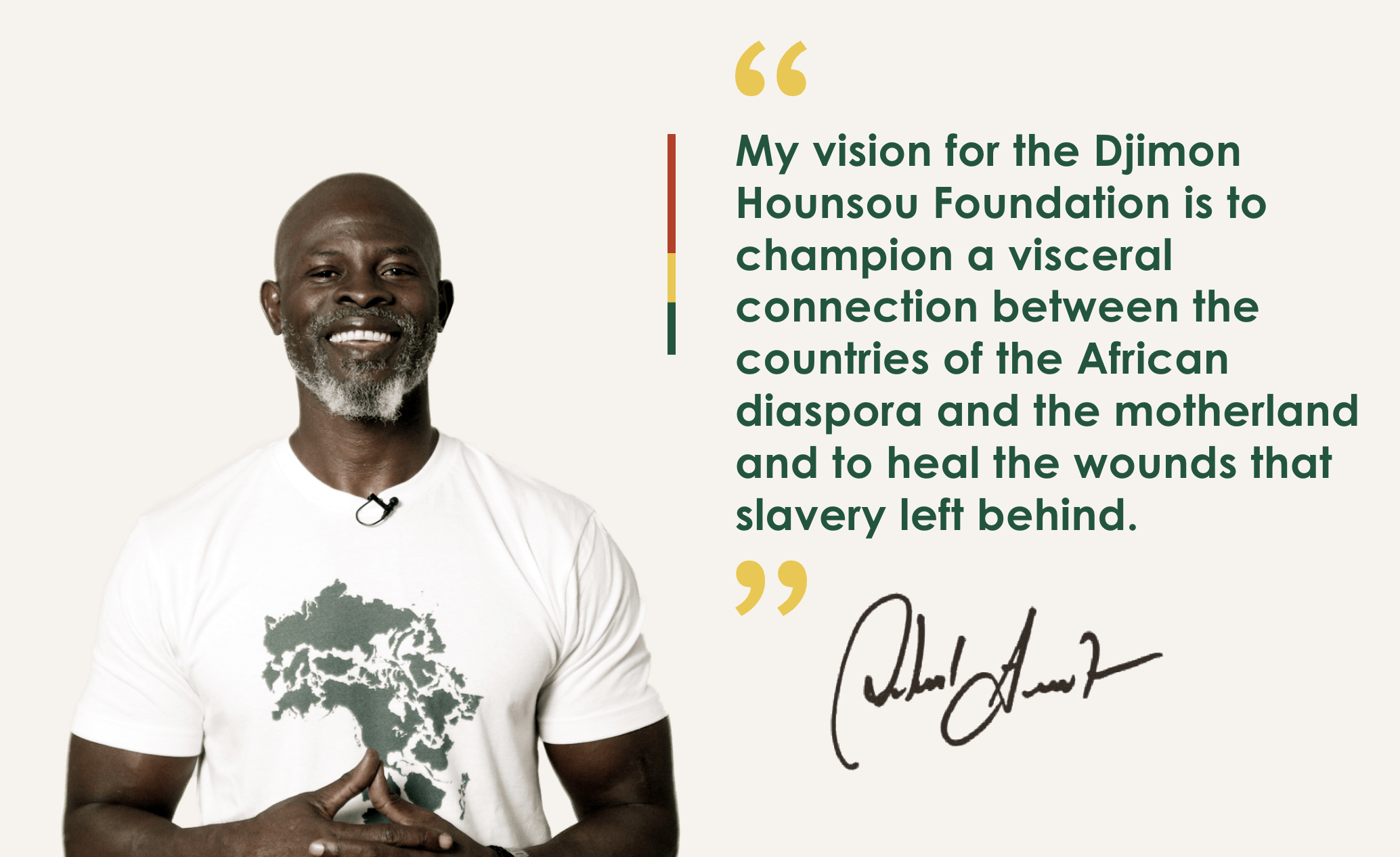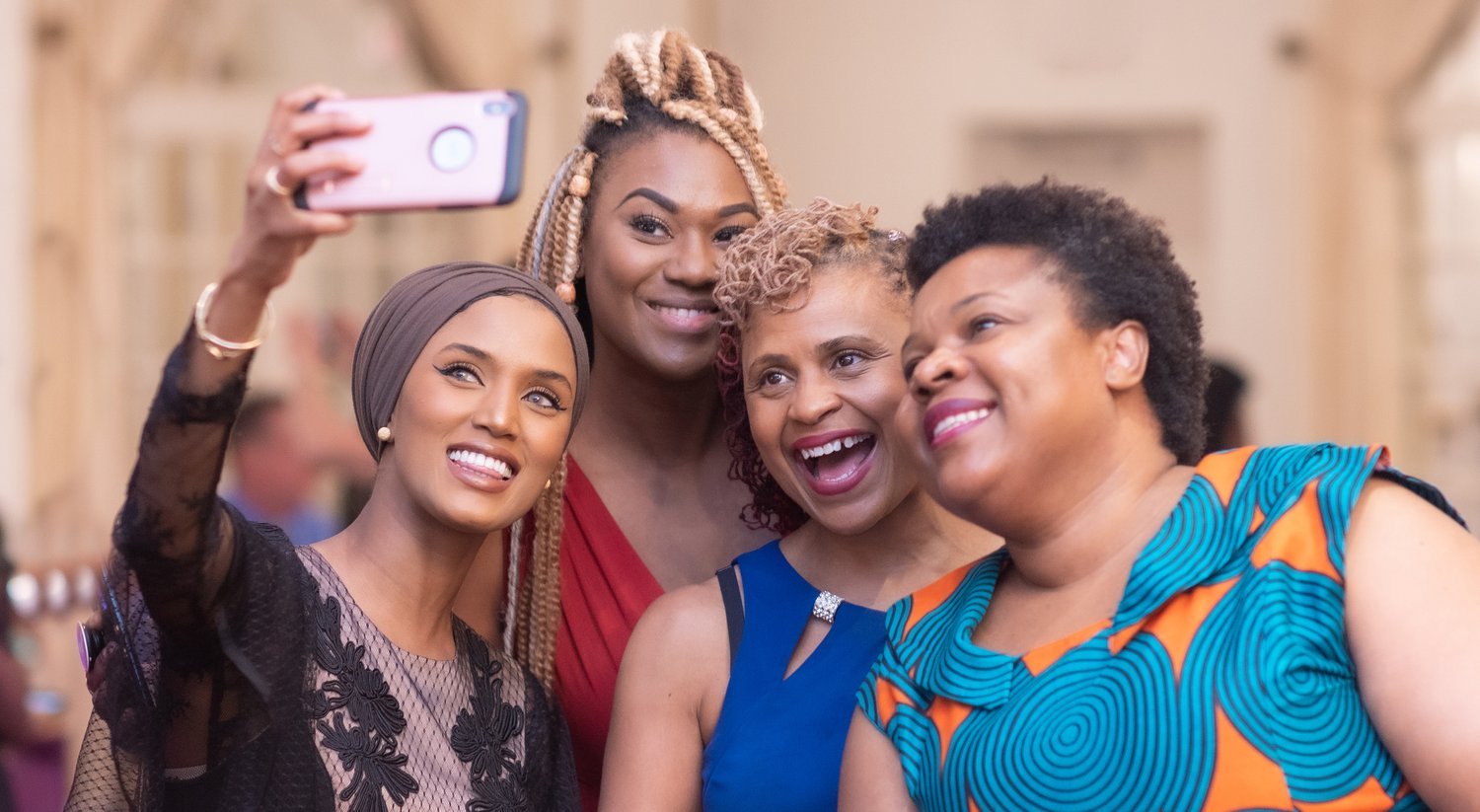Africa in their minds
Photo: Unsplash
Early in March 2020, as fears and evidence of the Covid-19 pandemic mounted, the tone of the media coverage in some of the dominant Western media from Europe to North America grew particularly hysterical over the presumption that, in Africa, things were about to get very, very ugly. The gloomy prognosis, rooted on little more than mere hunches and old habits, were however unleashed with prophetic certainty.
On 28th March 2020, five days after South Africa announced a lockdown to stem the course of the Covid-19 pandemic, the Economist, the famed British magazine, made clear to its readers that Africa was “woefully ill-equipped to cope with Covid-19.” From health systems likely to be “overwhelmed,” to the comparatively low numbers of doctors (1 for 5000 across the continent to 1 for 300 in Europe, the magazine noted), to the “underlying health of Africans,” the Economist appeared to have the African course of the pandemic all mapped out.
Africa, for sure, was going to suffer, suggested the long, figures-rich and generalizations-ridden article. And, as is customary with the London-based publication regarding any challenge facing the continent, the solution was to be found outside, in the West or in China. Not in Africa, which the magazine had long described as “the hopeless continent.”
In May 2020, as the United Nations announced it was preparing for the worst in Africa, there were talks and discussion in the paper of a “Marshall Plan for Africa.” Ironically, Dambisa Moyo, the advocate for this chic cliche out of the museum of colonial ideas was also the author who years ago had gained dubious notoriety for blaming Africans for squandering the West’s so generous aid over the years. Dead aid, her book’s title screamed, suggesting as it’s clear that Africans should be left to fend for themselves, lest they never grow up. Ms. Moyo, it must be noted, acknowledged her past stance but remarked with flair that things were really too bad for the continent to be left on its own this time around. The wasteful Africans, it seemed, deserved to be saved.
By June, the Economist had upped the ante. Opening its pages to the businessman turned philanthropist Mo Ibrahim and a former United Nations official, Alan Doss, the magazine launched a discussion on “preventing Covid from killing democracy in Africa.” It was its generous contribution to the hard work of saving a continent whose demise it had so often predicted; one might be excused for being surprised by its very continued existence.
Never mind that by this point, the number of people who had contracted the virus and were dying of it remained comparatively low in Africa. At the end of March 2021, over 3 million people had been infected with the virus and less than 80,000 had died according to the World Health Organization. South Africa alone accounted for half of those figures. By comparison, Europe had recorded 27 million cases and some 600,000 deaths while the United States had recorded over 30 million cases and well over half a million deaths.
Such have been the discrepancies in the impact of the pandemic between the African continent and the rest of the world that in late June, Le Monde, the French daily, undertook a survey of specialists across the continent over what they were witnessing and learning about the progression of the virus in Africa. The takeaway was at odds with the apocalyptic narrative dominant in much of the Western media coverage.
Doctors and epidemiologists indeed told the newspaper that much about the (comparatively marginal) progression of the pandemic was known in their respective countries and that this was frankly unsurprising. From Cameroon to Kenya, from Mali to the Democratic Republic of the Congo, people were dying but in lower numbers thanks to a number of factors which they were happy to expand on to whoever would ask.
Yet, the chorus of concerned Western media over the welfare of Africans knew something scientists appeared to miss. In January 2021, The New York Times proclaimed that Africa was a “continent where the dead are not counted.” The suggestion appeared to be that the persistently low figures of sick and dying coming out of Africa should not be trusted.
“All 54 African countries put together have registered fewer Covid deaths than France. That doesn’t mean people aren’t dying from the virus,” wrote the Times. However, as if unable to prove its bold headline, its exposé ended on a puzzling note and with a most puzzling of assertions: “Perhaps many Africans are dying of Covid-19, the newspaper concluded, but their deaths are being misidentified -- much as studies suggested they were early in the United States epidemic. Then again, maybe not.”
Old news
In truth, there was nothing new in these past months of coverage by Western media of the Covid-19 pandemic in Africa. Africa’s portrayal in dominant Western media has long been that of a place with “a single story,” as the writer Chimamanda Ngozie Adichie put it in a Ted Talk. And the story, as told by those narrators, is one of never-ending suffering and needs, calling for compassion and shock. In much of the West’s media discourse, Africa has famously been reduced to savage wars, devastating famines, and the worst illnesses.
In fact, the media coverage of African wars fits the bill so perfectly that it’s a genre worthy of study in its own right. African wars, most serious Western reporters and commentators tell us, from Rwanda to South Sudan, from the Democratic Republic of the Congo to Mali, are rooted in deep-seated hatreds, and usually fought along ethnic and tribal lines.
In October 1998, The Economist mapped the basic argument in the most simplistic terms: “Most of Africa’s wars are fought between a national army and guerrillas representing different regions or ethnic groups. The tactics are to deny resources to the other side. Food is stolen, towns looted and roads mined. Villages are often burned, the young men forced to become fighters, the women and children porters. Hearts, minds and welfare are rarely matters of concern. Thousands flee to seek survival in the bush or in camps supplied by aid agencies.”
To be fair to the British magazine, a similar pattern has been recorded in the way African civil wars are described in major American media. In one case, after analyzing the coverage in six major US newspapers of the 1994 civil wars in Rwanda and Bosnia – both comparable tragedies to a large extent – three American researchers noted that media reports on Rwanda were often short on issues of war tactics, rich on the use of what they coined the “language of savagery, and ethnicity/tribalism.”
From the venerable New York Times to the Washington Post, African wars are often described using language that connotes uncivilized, primitive conflict, where actors are “bloodthirsty” villains conducting “orgies” of violence. Interestingly, the researchers note, “Even when describing periods of high levels of carnage in Bosnia, the phraseology in stories has a substantially different tone, while the imagery largely lacks intimations of tribal primitivism or savagery.”
Over the years, a long list of critics, scholars and writers, have deconstructed the rhetoric and failings of the Western media discourse on Africa, to no avail. Conferences have been held to discuss the issue, without affecting the overarching narrative.
A Western problem
Ultimately, as Arit Johnson aptly puts it in 2013 in the Atlantic, a monthly magazine in the United States, “Africa has an image problem. Or, put another way, the West has a perception problem. Because when we talk about Africa, more often than not, it's to talk about catastrophes and epidemics.”
Indeed, the persistence of a media discourse which almost always forgets to present the complexities and nuances of the daily lives of over a billion people is so puzzling that one needs not look at Africa to attempt once more to rebuke this zombie narrative, which like zombie ideas, live on against all logic.
Fundamentally, if the image of a “dark continent” persists, alongside and despite a robust critique by a long list of writers and authors, the reason might well lie in the minds of the beholders.
Over time, it could be argued, an image of Africa has become embedded so deeply in the brains of many (Western) reporters writing about or from the continent. Through repetitions of the same old references (Joseph Conrad’s “The heart of darkness,” looms large…), certain frames (“savages in need of help…”) have come to dominate how many view a complex continent. A singular vocabulary, full of synonyms of the words “suffering”, “poor,” and “sick,” have become tools to be used every single time, when writing about Africa.
In the process, basic facts, uncomfortable for the overall narrative it seems, are overlooked. Starting with the fact that Africa is made of 54 countries, with histories spanning thousands of years, where empires and kingdoms once rose and dominated, and whose resilience and creativity is everywhere to be seen if only one dares to challenge the unconscious belief system wired in so many brains.
SHOP THE CHANGEMAKER COLLECTION





